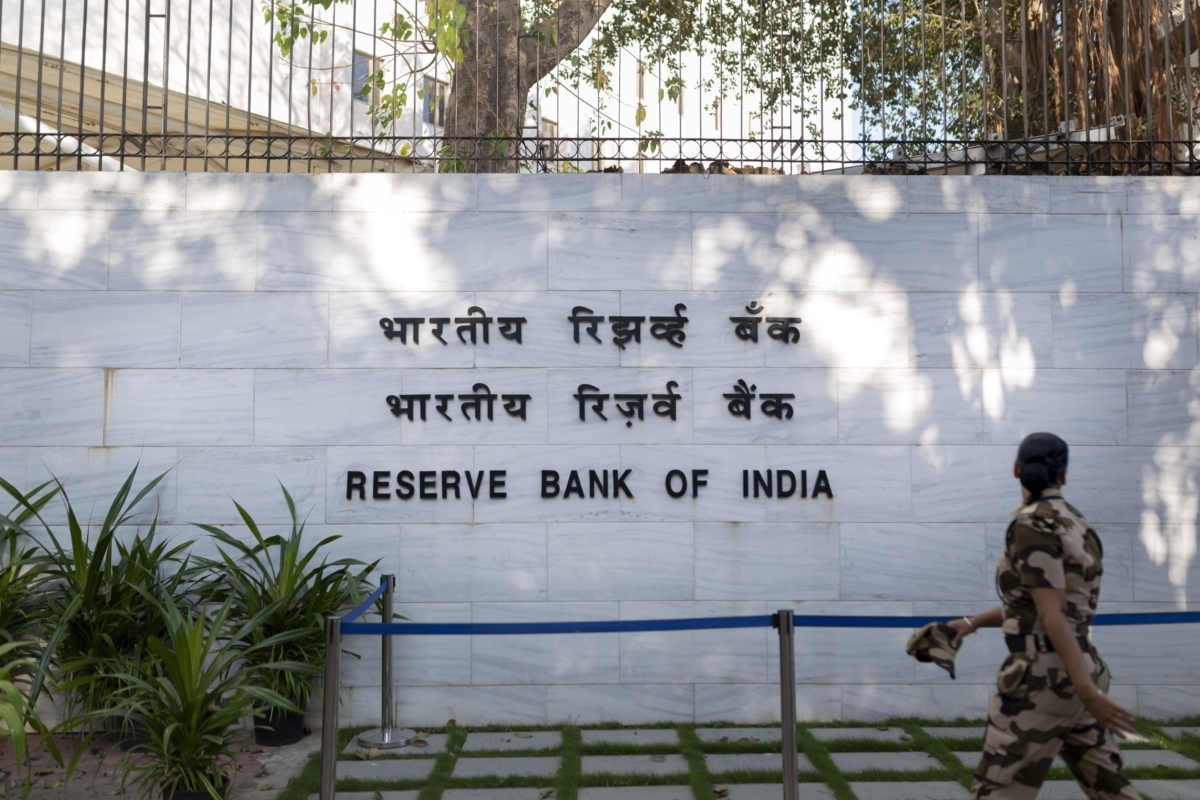
The RBI hiked the limit of Ways and Means Advances (WMA) to deal with the COVID-19 pandemic. This post explains about the WMA in a simplified way.
Ways and Means Advances (WMA)
The RBI acts as a banker to Government.
Under ways and means advances (WMA), it gives short-term loan facilities to the central government and state governments to meet temporary mismatches in cash receipts and cash payments in their respective accounts.
WMA to Central Government
It was introduced on 1st April 1997.
Before 1997, the Government issued ad-hoc treasury bills to finance its deficit. Government deficits were automatically monetised through the issuance of ad hoc treasury bills.
The Central Government had to maintain a minimum balance with the RBI. If the balance fell below the required limit, ad hoc treasury bills would automatically get issued to the RBI on behalf of the Government.
These bills were of 91-day maturity. An agreement was signed in 1994 to phase out the system of ad-hoc treasury bills by the year 1997 to strengthen fiscal discipline. In the year 1997, WMA was introduced.
WMA is a temporary liquidity arrangement for the Government. It is not a permanent source of finance. The RBI advances loans under WMA for 90 days. The interest rate for WMA is charged at the repo rate.
The limit of WMA is mutually decided from time to time by the RBI and the Government.
When the WMA limit is crossed, the government can avail funds through the overdraft facility for a maximum of 10 consecutive days. The interest rate on overdrafts is 2 % more than the repo rate.
In the light of the outbreak of coronavirus, the RBI has decided, in consultation with the Central Government that the limits of WMA for the first half of the financial year (April to September) will be Rs.120000 crores. It is the highest limit set since 2004-2005.
The Reserve Bank may trigger fresh floatation of market loans when the Government of India utilises 75 per cent of the WMA limit. [It means that if the Government has utilised 75 % of the WMA limit, the Government may issue treasury bills or cash management bills to tide over temporary mismatches in cash flows. ]
[The RBI had intended that WMA would be used only as a temporary source of finance. However, in years of fiscal pressure such as 2011-12, 2018-19 and now 2019-20, Central Govt has resorted to WMA frequently. ]
WMA for State Government
The WMA for the state governments has existed since 1937
If loans to states under WMA is given against securities, it is known as special WMA. The interest rate of special WMA is 1 % less than the repo rate.
After the exhaustion of the special Drawing Facility limit, the State Government is given a normal WMA for a period of 90 days. The interest rate of normal WMA is equal to the repo rate. The limit of loans under normal WMA is based on a three-year average of actual revenue and capital expenditure of the state.
If the limit is exceeded, the state Government can withdraw an overdraft for a maximum of 14 days consecutively.
The RBI has decided to increase existing WMA limit by 30 % for all States/ UTs to enable the State Governments to tide over the situation arising from the outbreak of the COVID-19 pandemic. This limit will come into force with effect from 1st April 2020 and will be valid till 30th April 2020.
Update: The RBI further increased the WMA limit for states by 60 % on 17/4/2020 to provide borrowing space to states to undertake COVID-19 containment and mitigation efforts.
You may read: RBI takes further measures to combat COVID-19